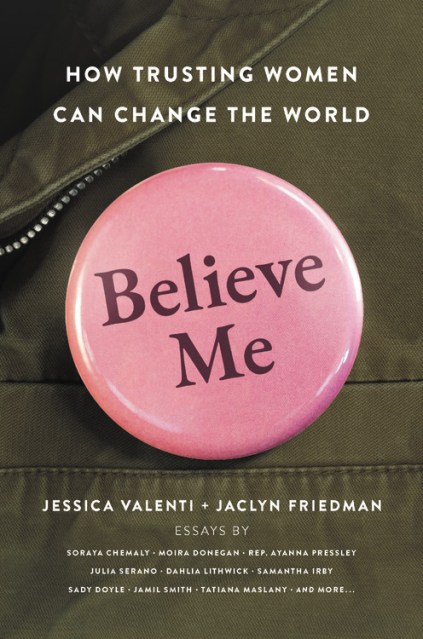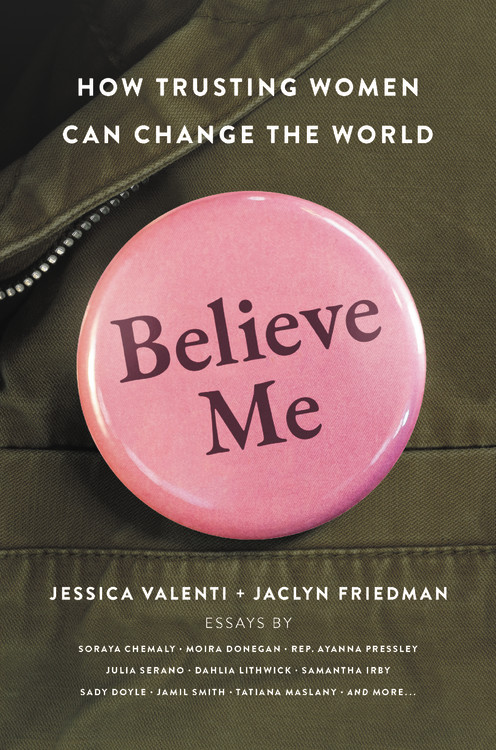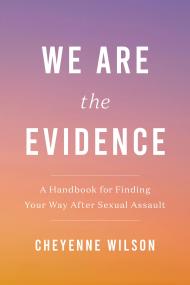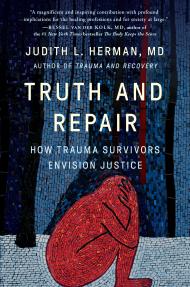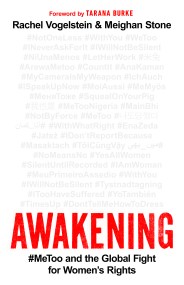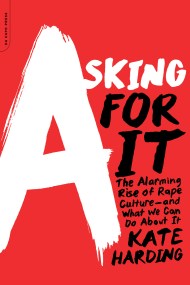Believe Me
How Trusting Women Can Change the World
Contributors
Edited by Jessica Valenti
Edited by Jaclyn Friedman
Formats and Prices
Price
$28.00Price
$35.00 CADFormat
Format:
- Hardcover $28.00 $35.00 CAD
- ebook $16.99 $21.99 CAD
- Audiobook Download (Unabridged)
This item is a preorder. Your payment method will be charged immediately, and the product is expected to ship on or around January 28, 2020. This date is subject to change due to shipping delays beyond our control.
Also available from:
What would happen if we believed women? A groundbreaking anthology offers a potent rallying cry and theory of change
Harvey Weinstein. Brett Kavanaugh. Jeffrey Epstein. Donald Trump. The most infamous abusers in modern American history are being outed as women speak up to publicly expose behavior that was previously only whispered about — and it’s both making an impact, and sparking a backlash. From the leading, agenda-setting feminist editors of Yes Means Yes, Believe Me brings readers into the evolving landscape of the movement against sexual violence, and outlines how trusting women is the critical foundation for future progress.
In Believe Me, contributors ask and answer the crucial question: What would happen if we didn’t just believe women, but acted as though they matter? If we take women’s experiences of online harassment seriously, it will transform the internet. If we listen to and center survivors, we could revolutionize our systems of justice. If we believe Black women when they talk about pain, we will save countless lives.
With contributions from many of the most important voices in feminism today, Believe Me is an essential roadmap for the #MeToo era and beyond.
- On Sale
- Jan 28, 2020
- Page Count
- 336 pages
- Publisher
- Seal Press
- ISBN-13
- 9781580058797
Newsletter Signup
By clicking ‘Sign Up,’ I acknowledge that I have read and agree to Hachette Book Group’s Privacy Policy and Terms of Use
